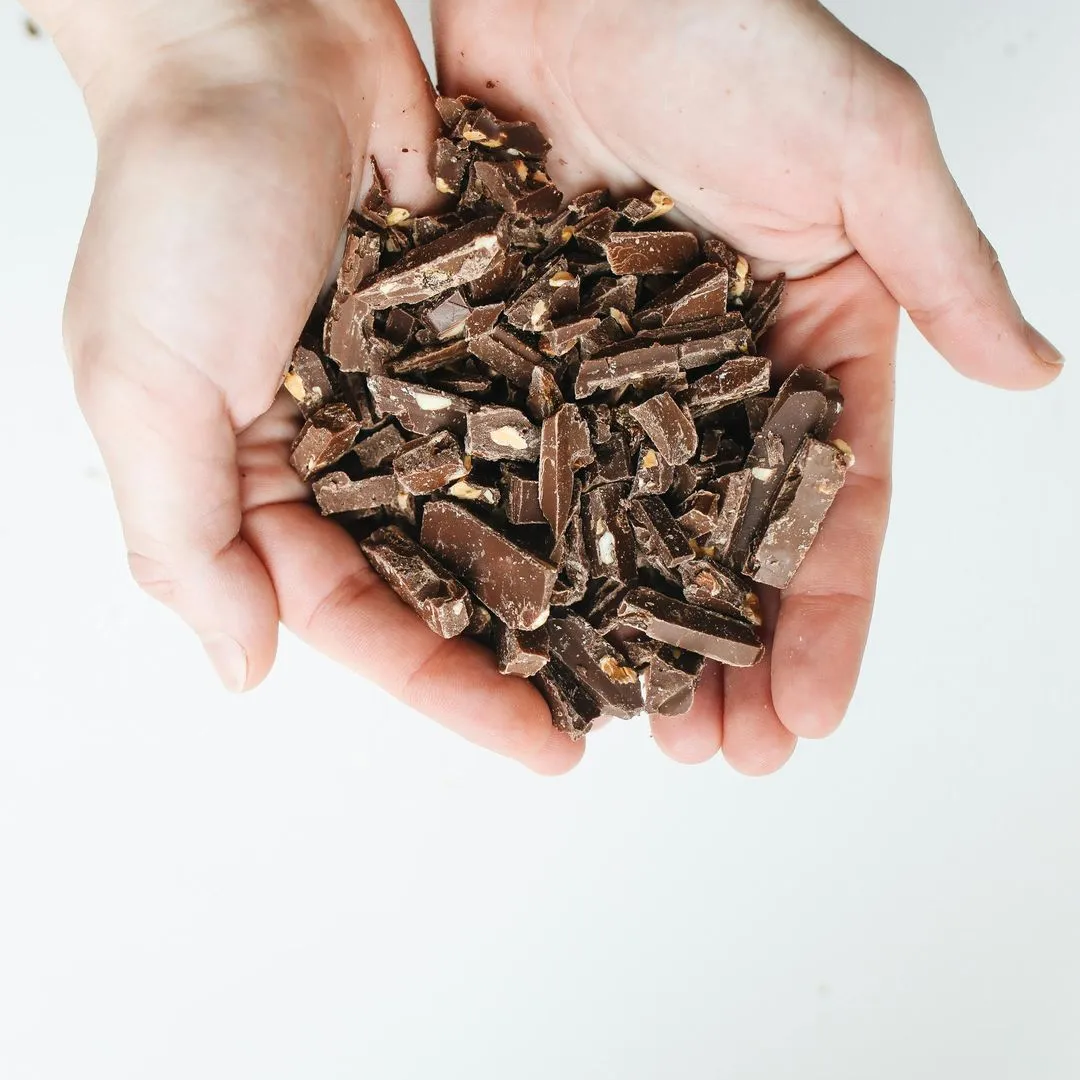The Origins of Dark Chocolate: A Divine Gift

Dark chocolate, with its intense and enveloping flavor, has a fascinating history that has its roots in ancient Mesoamerican civilizations. The Mayans and Aztecs were among the first to cultivate the cocoa plant, considering it a divine gift. For them, cocoa was not just a food, but a ritual drink, often bitter and spicy, reserved for the elite and used in religious ceremonies. This drink, called "xocoatl", was prepared by mixing ground cocoa beans with water, chili pepper and other spices, creating an energetic and sacred elixir.
From Bitter Drink to Symbol of Luxury
The arrival of Europeans in the New World marked a turning point in the history of chocolate. In 1520, Hernán Cortés introduced cocoa to Europe, where the bitter drink was initially not welcomed with enthusiasm. However, with the addition of sugar and vanilla, chocolate quickly became popular among the European courts, transforming it from a ritual drink to a symbol of luxury and refinement. Over the centuries, the production of chocolate evolved from liquid to solid, thanks to technical innovations such as the invention of the hydraulic press in 1828 by Coenraad Johannes van Houten, which made it possible to separate cocoa butter from powder, facilitating the production of solid bars.
focus.itHealth Benefits: A Healthy Pleasure
Dark chocolate, characterized by a high percentage of cocoa, is appreciated not only for its strong taste, but also for its beneficial properties. Rich in antioxidants, especially flavonoids, it contributes to cardiovascular health and improved mood. Studies have shown that moderate consumption of dark chocolate can reduce blood pressure and improve blood circulation. In addition, it contains essential minerals such as magnesium, iron, and potassium, which support various bodily functions.
www.viversano.netDark Chocolate in Regional Specialties
Culturally, dark chocolate has played a significant role in various culinary traditions. In Italy, for example, it is the protagonist of numerous regional specialties. In Turin, the tradition of gianduiotto combines dark chocolate with hazelnut paste, creating a unique combination of flavors. In Modica, Sicily, a particular cold-worked dark chocolate is produced, which retains a grainy texture and an intense flavor, recalling ancient Aztec techniques.
Between Innovation and Tradition
Today, dark chocolate continues to be celebrated around the world, both as a gourmet treat and as a versatile ingredient in the kitchen. Chefs and pastry chefs use it to create sophisticated desserts, while enthusiasts appreciate its aromatic nuances and complex notes. Its history, spanning continents and cultures, makes every bite not only a pleasure for the palate, but also a journey through centuries of tradition and innovation.

gourmet
Data di inserimento 05 nov 2024
Report article


Comments
There are no comments yet.